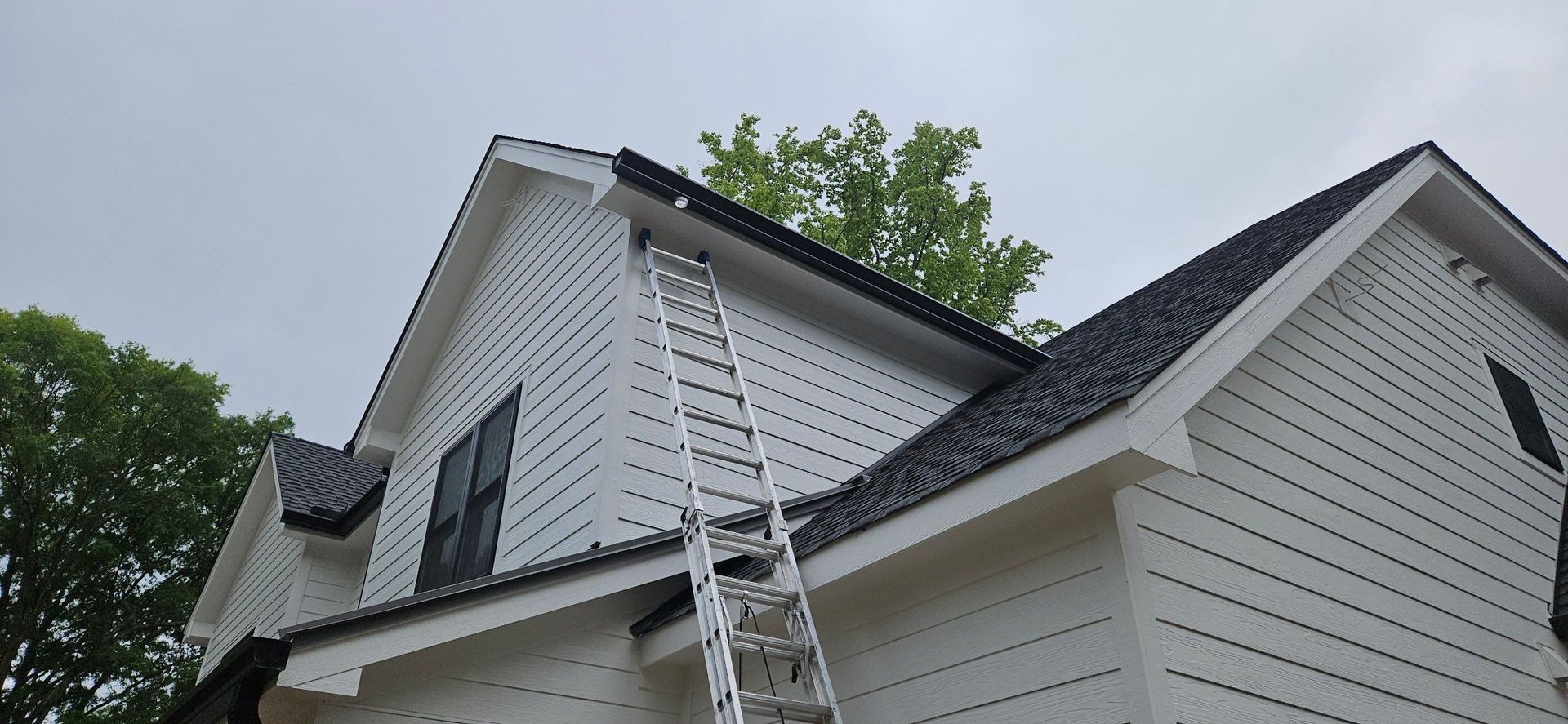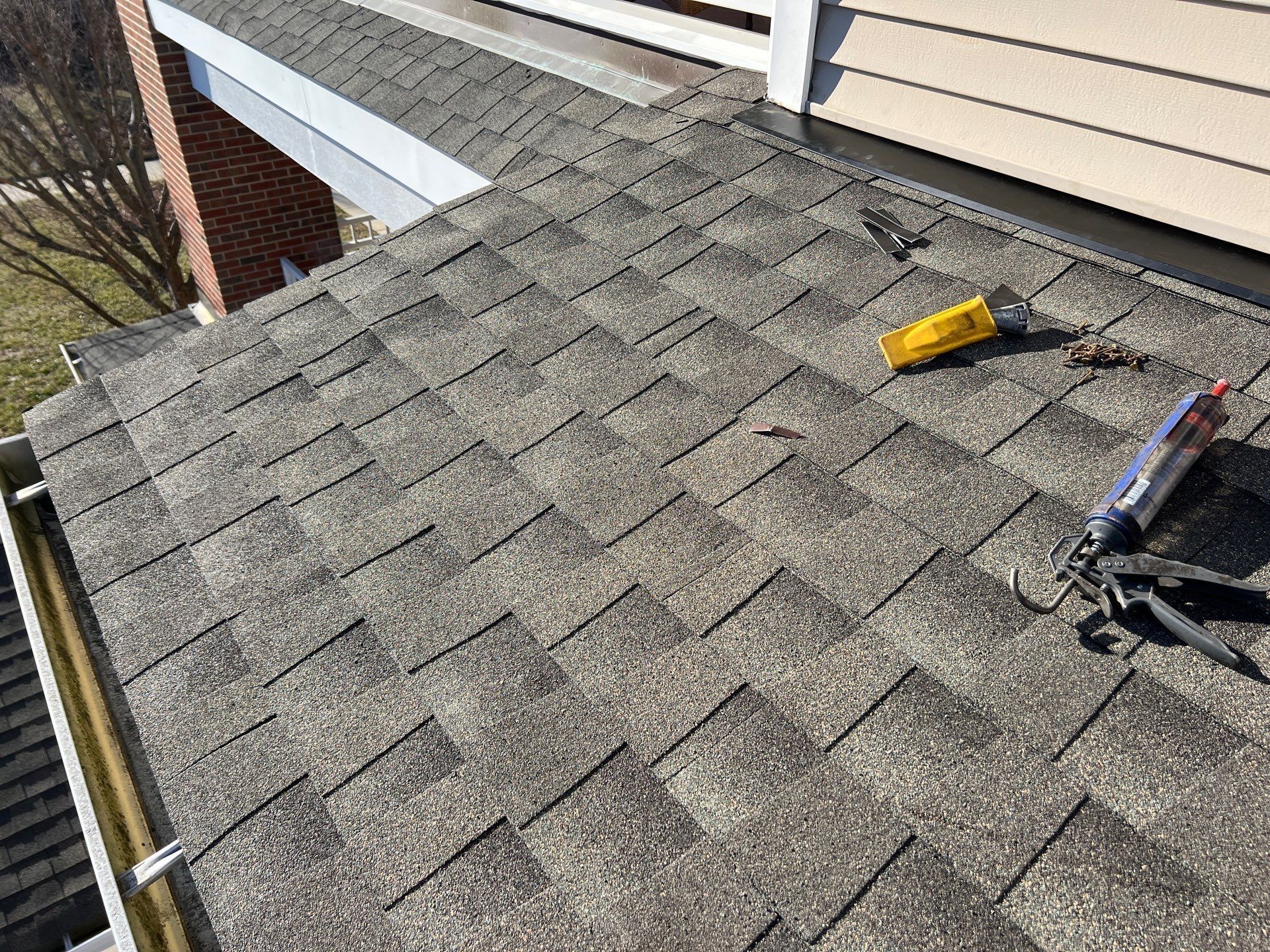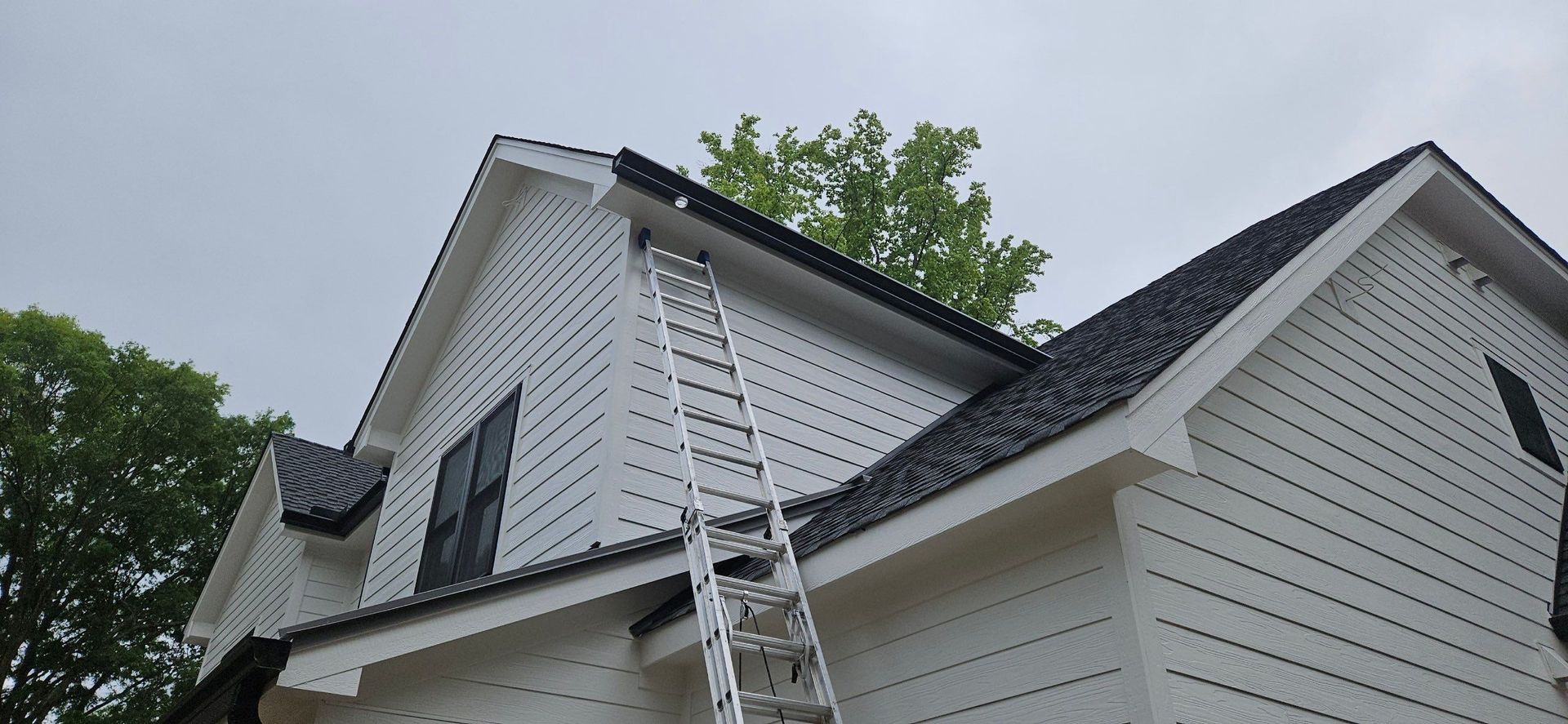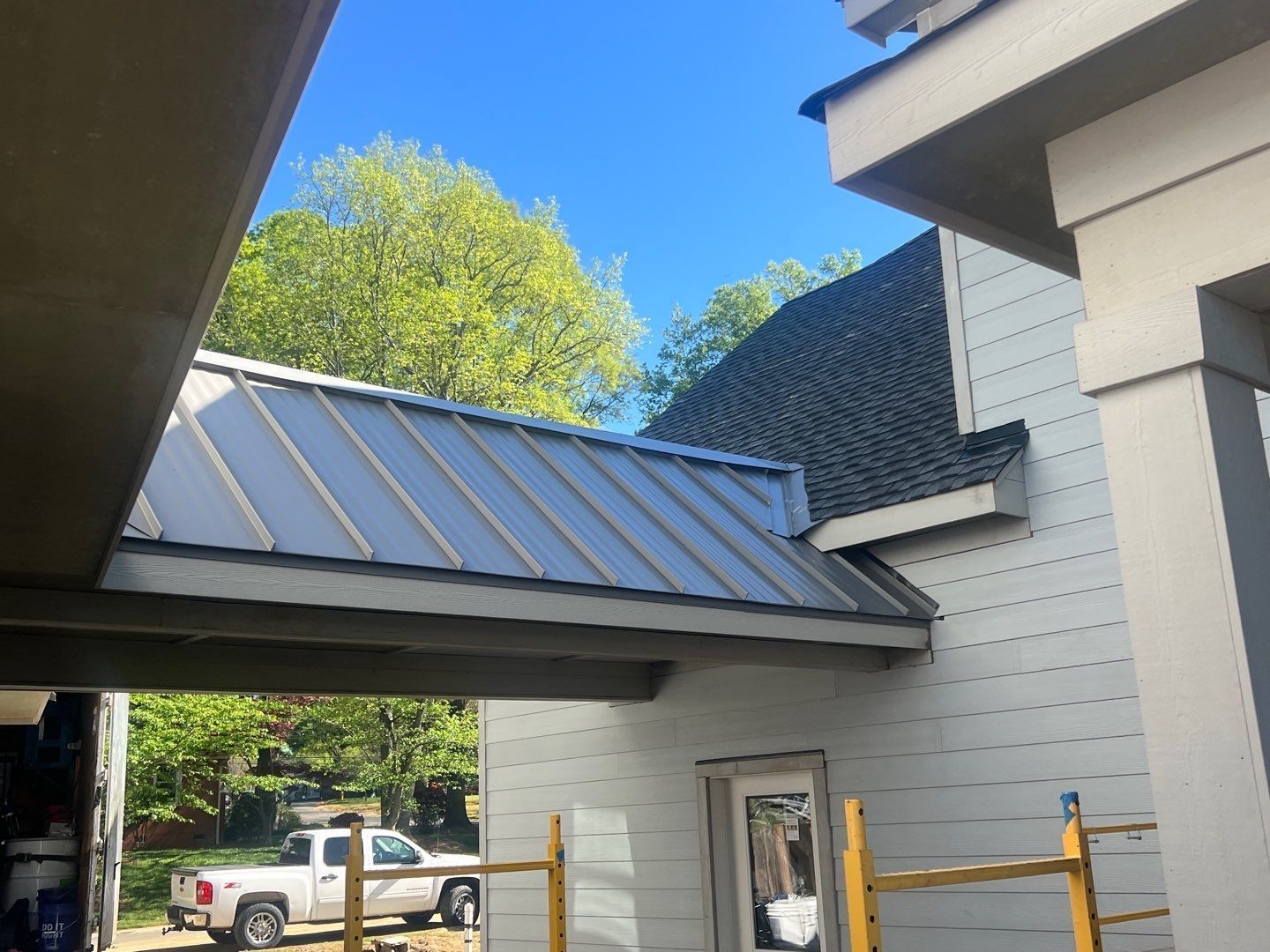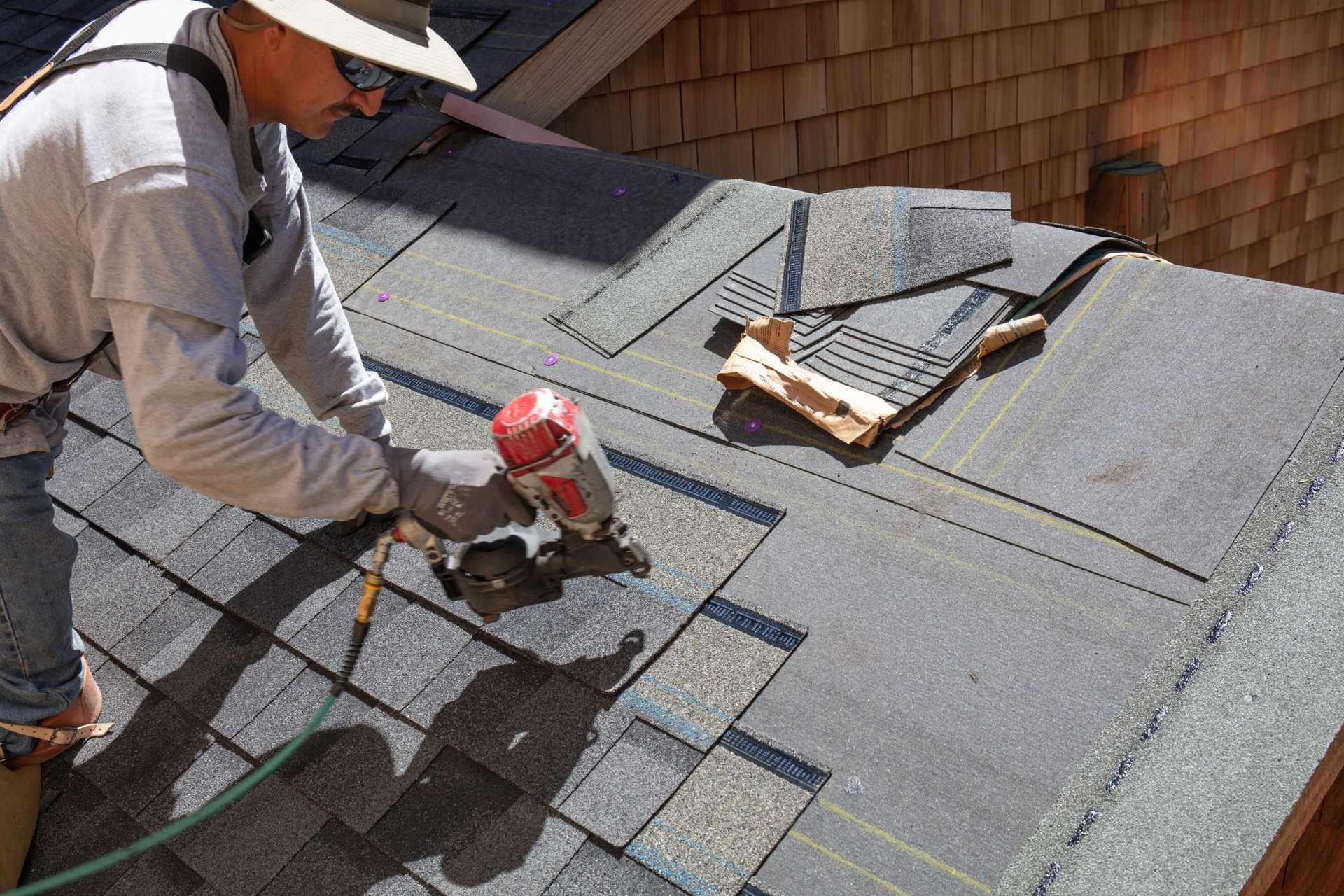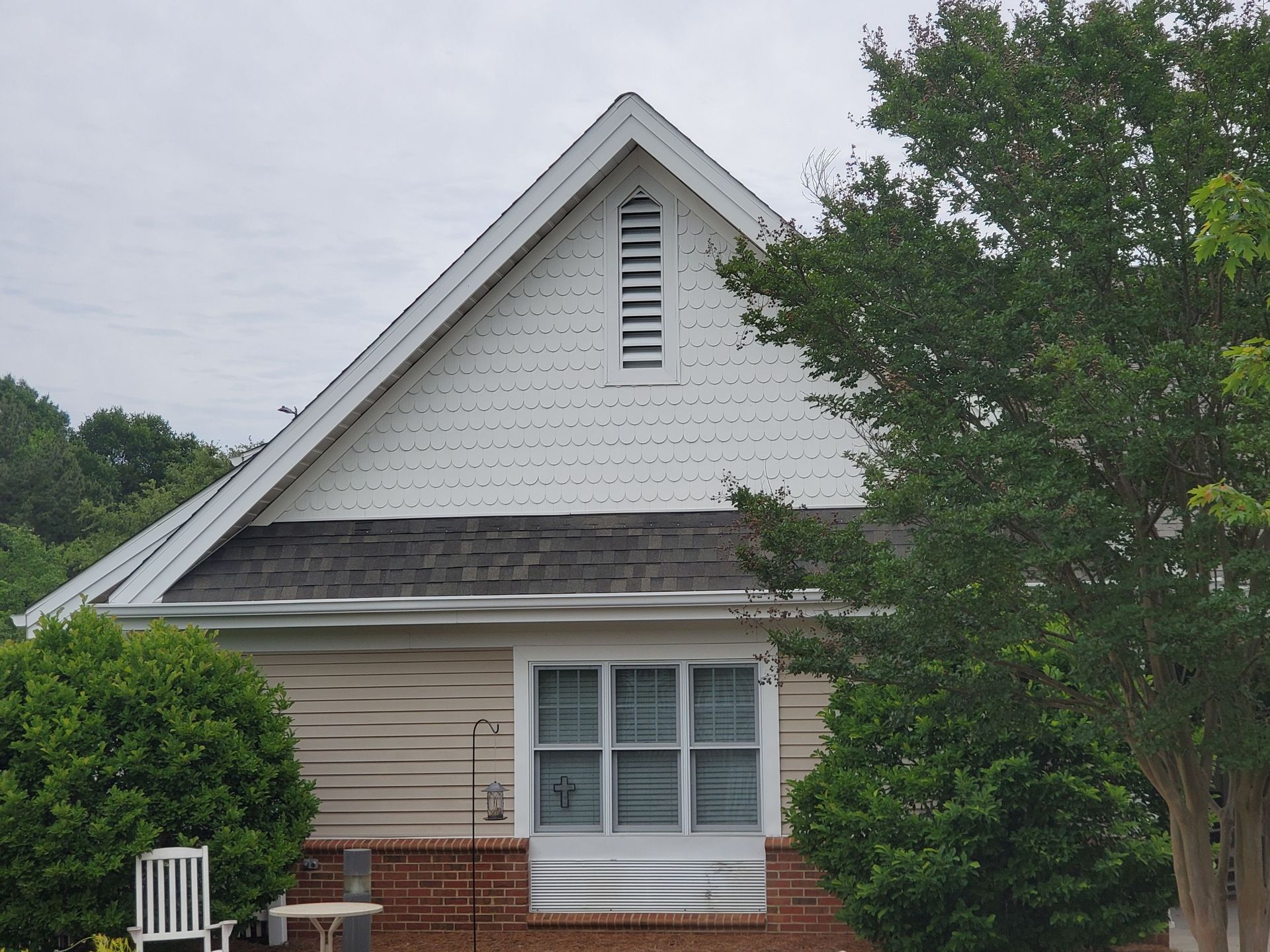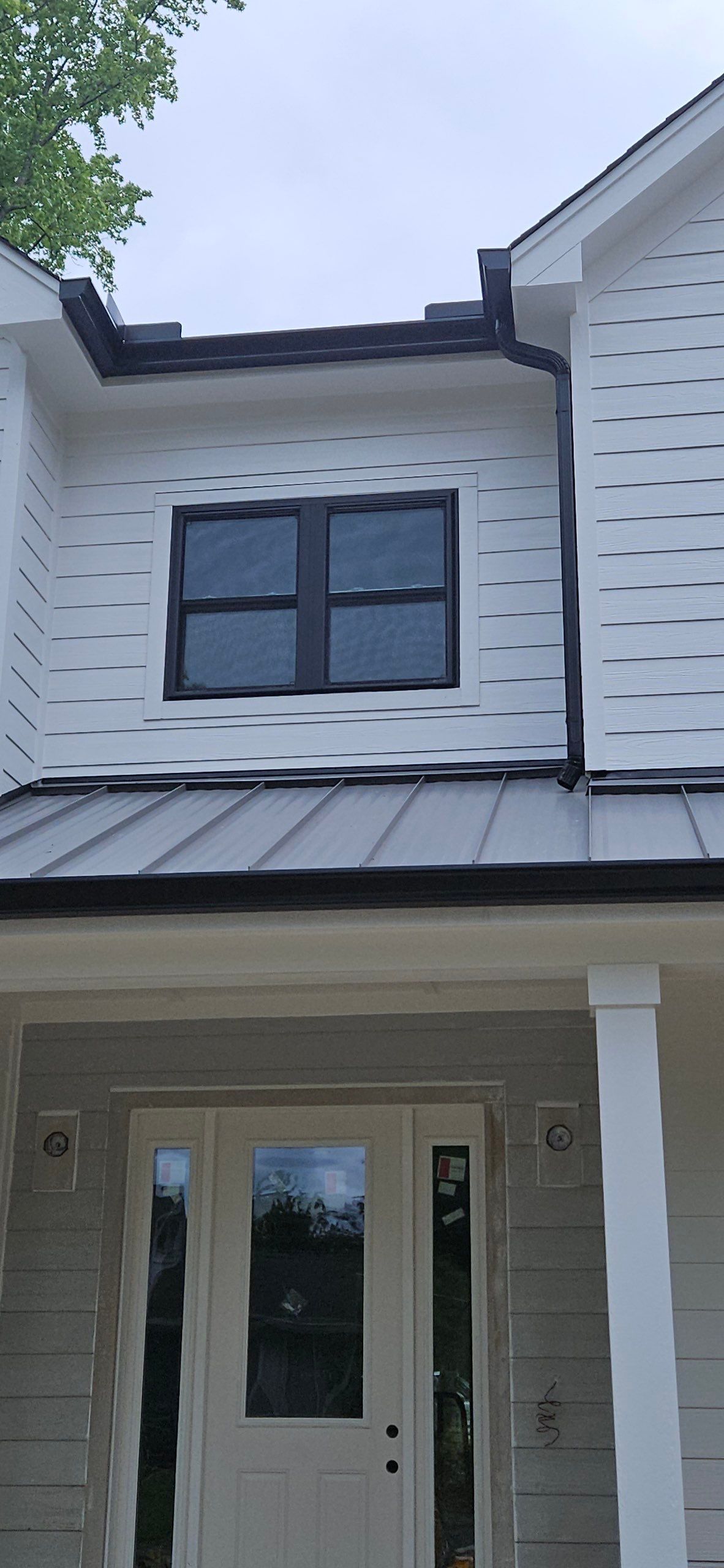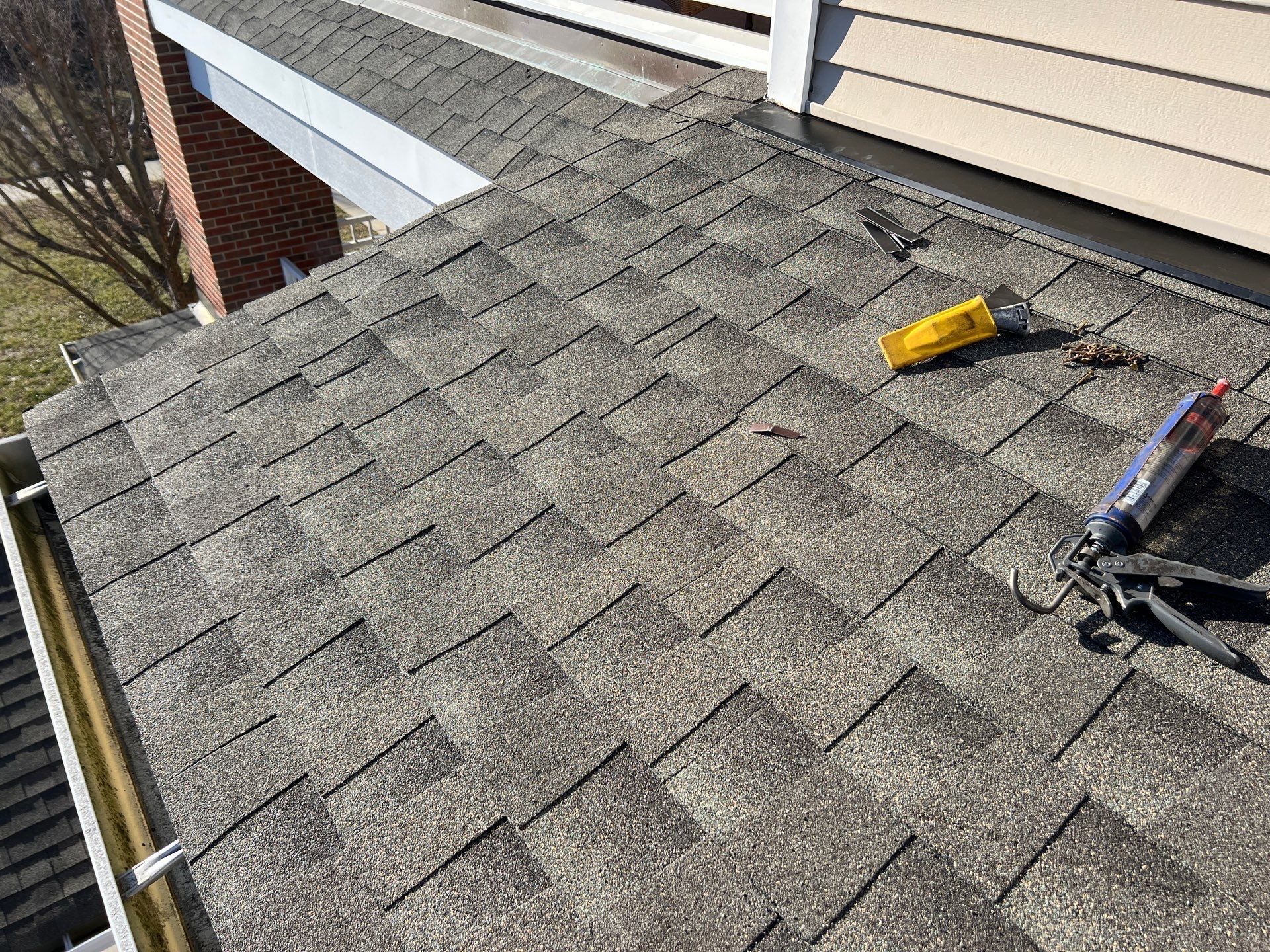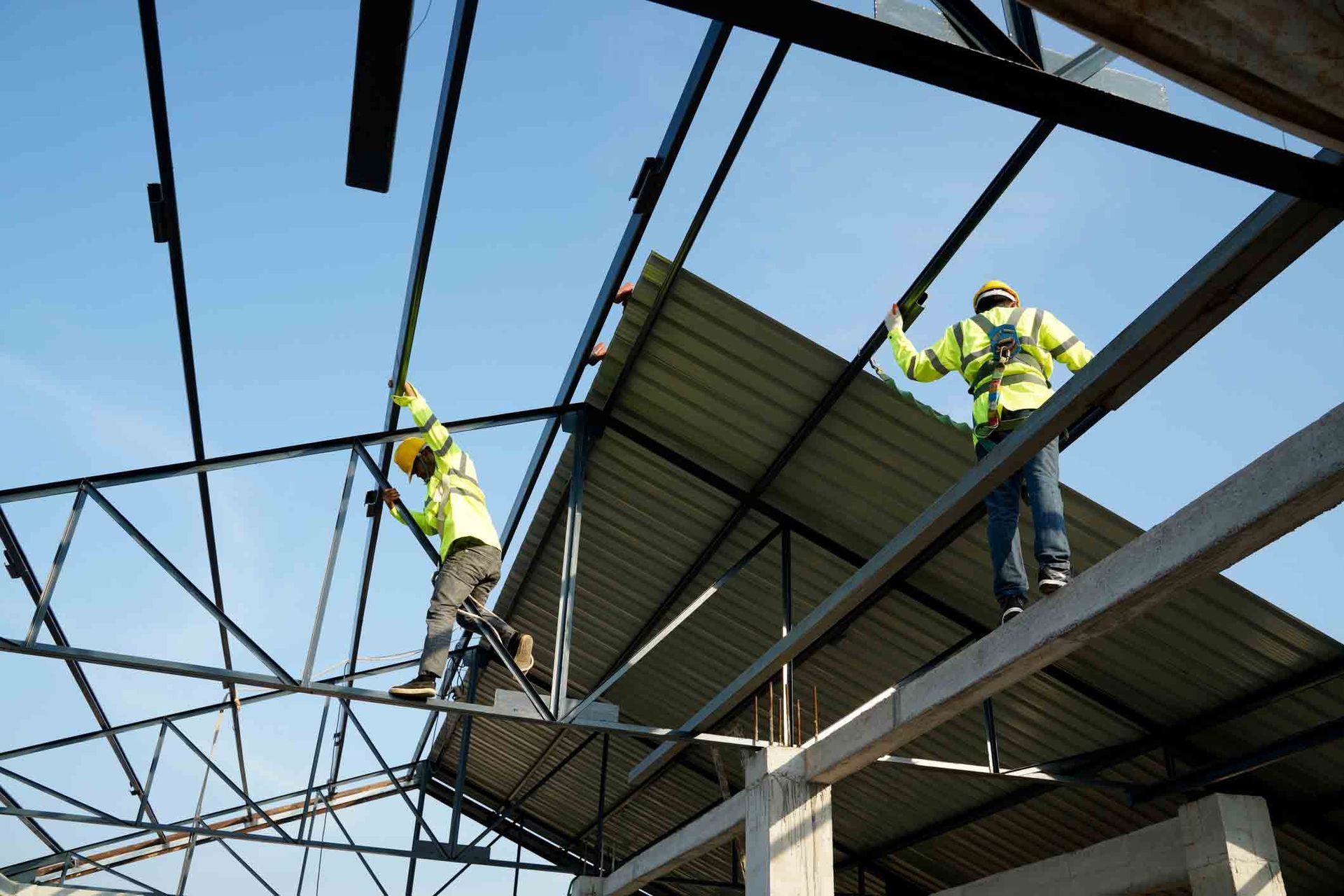6 Critical Roofing Problems That Could Cost You Thousands (And How to Fix Them)
Your roof silently protects your home 24/7, but when problems strike, they can turn into expensive nightmares fast. 33% of homeowners replace their roofs due to leaking, making it the leading cause of roof replacement nationwide.
The difference between a minor repair and a complete roof replacement often comes down to one thing: catching problems early. In this guide, we'll walk you through the six most common roofing issues we encounter at JW Services Inc of NC and share the practical solutions that can save you thousands in repair costs.
Why Your Roof Maintenance Matters More Than Ever
A well-maintained roof does more than keep rain out. It maintains comfortable indoor temperatures, protects against water damage, and preserves your home's value. But here's what many homeowners don't realize: ignoring small problems can lead to catastrophic failures.
The U.S. roofing market is expected to grow at a CAGR of 4.5% through 2033, driven partly by increased repair needs from aging roofs and extreme weather events. Texas leads all U.S. states with 1,123 annual hail events, highlighting how weather-related damage continues to challenge homeowners across different regions.
Regular maintenance isn't just about repairs—it's about protecting your investment. When we visit homes for roofing services, we often find that small issues caught early could have prevented major structural damage.
Problem #1: Leaking Roofs - The Silent Home Destroyer
Why It Happens: Roof leaks develop from multiple causes—improper installation, worn materials, storm damage, or simple aging. Even tiny leaks can cause massive problems over time.
Warning Signs to Watch For:
- Water stains on ceilings or walls
- Mold or mildew growth in unexpected places
- Damp spots around fireplaces and vents
- Discoloration on exterior walls
- Dripping sounds during or after rain
The Real Cost: Beyond the obvious water damage, leaks create perfect conditions for mold growth and structural deterioration. We've seen cases where a small leak ignored for months led to complete ceiling replacement.
How to Address It:
- Contain the damage immediately - Use buckets to catch dripping water
- Move furniture and belongings away from affected areas
- Document the damage with photos for insurance purposes
- Call a professional roofer for proper diagnosis and repair
Why DIY Fixes Don't Work: While roof sealants might seem like quick fixes, they rarely address the root cause. Professional roofers can identify whether the leak stems from damaged flashing, compromised shingles, or structural issues that require different solutions.
Problem #2: Poor Installation - When Shortcuts Come Back to Haunt You
The Hidden Danger: Poor installation doesn't just affect your roof's appearance—it compromises its entire structural integrity. We regularly see roofs that failed prematurely due to installation shortcuts.
Red Flags of Poor Installation:
- Uneven roof planes or sagging areas
- Shingles that appear loose or improperly aligned
- Missing or inadequate underlayment
- Incorrect nail placement (nails driven too high or too low)
- Gaps in flashing around chimneys, vents, or roof edges
The Industry Reality: The roofing industry continues to face a labor shortage, with the Bureau of Labor Statistics projecting a 6% decline in the labor force by 2031. This shortage has led some contractors to rush jobs or use inexperienced workers.
What This Means for You:
- Reduced weather resistance
- Premature aging of materials
- Higher energy costs due to poor insulation
- Potential safety hazards
Your Action Plan: If you suspect poor installation, hire a licensed roofing contractor for a thorough inspection. Depending on the severity, solutions range from targeted repairs to complete reinstallation. Remember: a properly installed roof is an investment that pays dividends for decades.
Problem #3: Pooled Water - The Flat Roof Nightmare
Why Water Pools: This problem primarily affects flat or low-slope roofs where water can't naturally run off. Without proper drainage, water sits on your roof, creating a host of problems.
The Damage It Causes:
- Material deterioration from prolonged water exposure
- Increased weight that can stress roof structure
- Algae and mold growth that damages roofing materials
- Accelerated aging of the entire roofing system
Prevention Strategies:
- Proper slope design during installation (even "flat" roofs need slight slopes)
- Quality drainage systems including gutters, downspouts, and roof drains
- Regular maintenance to keep drainage systems clear
Solving Existing Problems:
- Small areas: Targeted repairs or creating slight pitches to redirect water
- Widespread pooling: May require additional drains, slope modifications, or roof replacement
- Emergency situations: Professional assessment is crucial to prevent structural damage
Pro Tip: Never ignore pooled water, even if it seems minor. What starts as a small puddle can become a major structural problem during the next heavy rain.
Problem #4: Roof Blow-offs - When High Winds Strike
The Vulnerability Factor: Roof blow-offs typically happen when installation wasn't done properly or when materials have degraded over time. High winds find and exploit these weak points.
Common Causes:
- Inadequate fastening during original installation
- Aging materials that have lost their hold
- Previous storm damage that weakened the roof structure
- Poor maintenance that allowed small problems to grow
Immediate Dangers:
- Exposed interior to weather damage
- Flying debris that can damage property or injure people
- Rapid deterioration of remaining roof materials
- Potential for additional structural damage
Prevention is Key:
- Regular inspections to identify loose or damaged materials
- Prompt repairs of any damaged or loose components
- Quality installation using proper fastening techniques
- Routine maintenance to address wear before it becomes critical
When Blow-offs Happen:
- Assess safety first - Stay away from damaged areas
- Document the damage for insurance claims
- Secure the area to prevent further damage
- Contact professionals immediately for emergency repairs
Small localized blow-offs might only need targeted repairs, but extensive damage often requires section replacement or complete roof renovation.
Problem #5: Tree Damage - Nature's Roof Enemy
How Trees Damage Roofs:
- Overhanging branches scrape and wear away protective layers
- Falling debris (leaves, branches, fruit) that traps moisture
- Complete tree falls during storms causing structural damage
- Root system issues that can affect foundation and roof alignment
The Gradual Threat: Most tree damage happens slowly over time. Branches that seem harmless can gradually wear away shingles, creating entry points for water and pests.
Smart Prevention:
- Regular trimming of branches within 10 feet of your roof
- Professional tree assessment for trees showing signs of disease or instability
- Gutter cleaning to remove debris that can cause backup and pooling
- Roof inspections after storms to catch damage early
Addressing Tree Damage:
- Minor damage: Replace damaged shingles and check for hidden issues
- Moderate damage: May require section repairs and waterproofing
- Major damage: Often needs a comprehensive roofing contractor evaluation for structural integrity
Recovery Strategy: After tree damage, don't just fix what you can see. Hidden damage to underlayment or decking can cause problems months later if not properly addressed.
Problem #6: Shrinkage and Cracking - The Temperature Challenge
What Causes This Problem: Certain roofing materials, especially single-ply membranes, contract and expand with temperature changes. Over time, this constant movement creates stress that leads to shrinkage and cracking.
The Temperature Cycle: During hot days, materials expand. During cold nights, they contract. This daily cycle, repeated thousands of times, gradually weakens the material bonds.
Early Warning Signs:
- Small cracks appearing along roof edges
- Membrane pulling away from roof edges or flashing
- Visible gaps where materials have separated
- Wrinkled or puckered appearance in roofing materials
Why It Matters: Energy efficiency roofing was a popular trend amongst homeowners in 2024, but efficiency depends on maintaining proper material integrity. Cracks and shrinkage compromise both protection and energy performance.
Repair Approaches:
- Small cracks: High-quality roof sealants can provide temporary relief
- Moderate damage: May require replacing affected sections
- Severe shrinkage: Often indicates the need for complete membrane replacement
Long-term Solutions:
- Choose materials designed for your climate's temperature range
- Ensure proper installation that accounts for thermal movement
- Schedule regular inspections to catch problems early
What Should You Do Next?
Common roofing problems don't have to become expensive disasters. The key is understanding what to look for and taking action before small issues become major headaches.
Your Action Plan:
- Schedule regular inspections - at least twice yearly and after major storms
- Address small problems immediately - they rarely get better on their own
- Work with qualified professionals - proper diagnosis saves money long-term
- Keep maintenance records - they help identify patterns and plan replacements
When to Call Professionals: While some maintenance tasks can be DIY projects, roofing problems often have hidden complexities. Professional roofers can spot issues you might miss and provide solutions that actually solve the underlying problem.
Frequently Asked Questions
How often should I inspect my roof?
Inspect your roof at least twice yearly—once in spring and once in fall. Also check after major storms or high winds. Look for missing shingles, damaged flashing, or signs of water damage in your attic.
Can I fix small roof leaks myself?
While temporary fixes like applying roof sealant might stop immediate leaks, proper repairs usually require professional assessment. Leaks often have hidden causes that need professional diagnosis to prevent recurrence.
How do I know if my roof needs complete replacement?
Consider replacement if you have widespread damage, multiple leak points, significant material aging, or if repair costs approach 50% of replacement cost. A professional evaluation can help you make this decision.
What's the biggest mistake homeowners make with roof problems?
Delaying action. Small problems compound quickly in roofing. What might cost a few hundred dollars to fix today could cost thousands if left untreated for months.
How can I prevent most roofing problems?
Regular maintenance is your best defense. Keep gutters clean, trim overhanging branches, replace damaged shingles promptly, and schedule professional inspections. Prevention costs far less than emergency repairs.
Ready to Protect Your Home?
Don't wait for small problems to become expensive disasters. At JW Services Inc of NC, we've helped many homeowners address these common roofing issues before they turned into major headaches.
Whether you're dealing with a current problem or want to prevent future issues, our experienced team can provide the professional assessment and quality repairs your home deserves. Contact us today to schedule your comprehensive roof inspection and take the first step toward protecting your investment.
Name, Address and Phone
JW Services Inc of NC
5832 Gold Hill Rd, Concord, NC, 28025, US
704-228-7306
Social Media
https://www.facebook.com/jwconcordroofing/,
.
